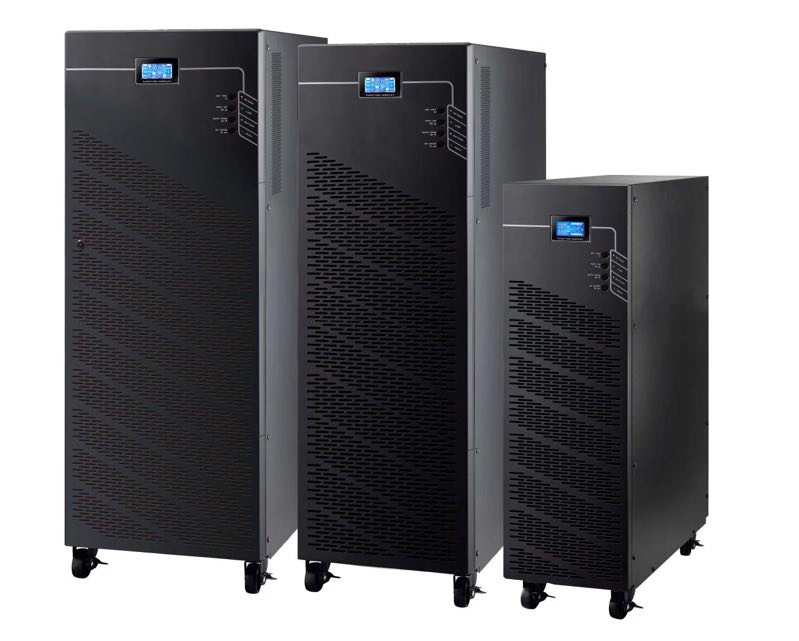The composition of EPS (Emergency Power Supply) and UPS (Uninterruptible Power Supply) systems can vary depending on their design, intended use, and manufacturer.
- EPS (Emergency Power Supply):
- Power Source: EPS systems may have various power sources, including generators, battery banks, solar panels with energy storage, or other alternative power sources. The choice of power source depends on the specific application and requirements.
- Automatic Transfer Switch (ATS): An ATS is a device that automatically switches the load between the primary power source (main electricity grid) and the backup power source (generator or battery bank) when a power outage occurs. This ensures a seamless transition to backup power without interruption.
- Battery Bank: EPS systems that utilize batteries as a backup power source typically include a battery bank. The battery bank stores electrical energy and supplies it to critical systems during power outages.
- Control and Monitoring System: EPS systems are often equipped with control and monitoring systems that manage the operation of the power sources, monitor battery status, and provide alerts or notifications in case of system faults or low battery levels.
- Distribution Panels: EPS systems include distribution panels to distribute backup power to critical loads or systems within a building or facility. These distribution panels ensure that essential equipment receives power during emergencies.
- UPS (Uninterruptible Power Supply):
- Battery Backup: UPS systems feature a battery backup component that provides immediate power to connected devices in the event of a mains power failure. The battery backup is typically a rechargeable battery or a bank of batteries.
- Inverter: UPS systems also include an inverter that converts the DC (direct current) power from the battery into AC (alternating current) power, which is compatible with most electronic devices and equipment.
- Charging System: UPS systems have a charging system that charges the battery backup when mains power is available. This ensures that the battery is ready to supply power during an outage.
- Voltage Regulation and Surge Protection: Many UPS systems include voltage regulation and surge protection features to ensure stable and clean power delivery to connected devices. These features protect against voltage spikes, sags, surges, and other power disturbances.
- Control and Monitoring Interface: UPS systems often have a control and monitoring interface that allows users to monitor the UPS status, configure settings, and receive notifications about power events or system faults.
Overall, while EPS and UPS systems serve similar purposes of providing backup power during mains power failures, they have different compositions tailored to their specific applications and requirements. EPS systems are typically designed for longer-duration backup power in critical infrastructure, while UPS systems focus on providing immediate backup power to electronic devices and equipment.


